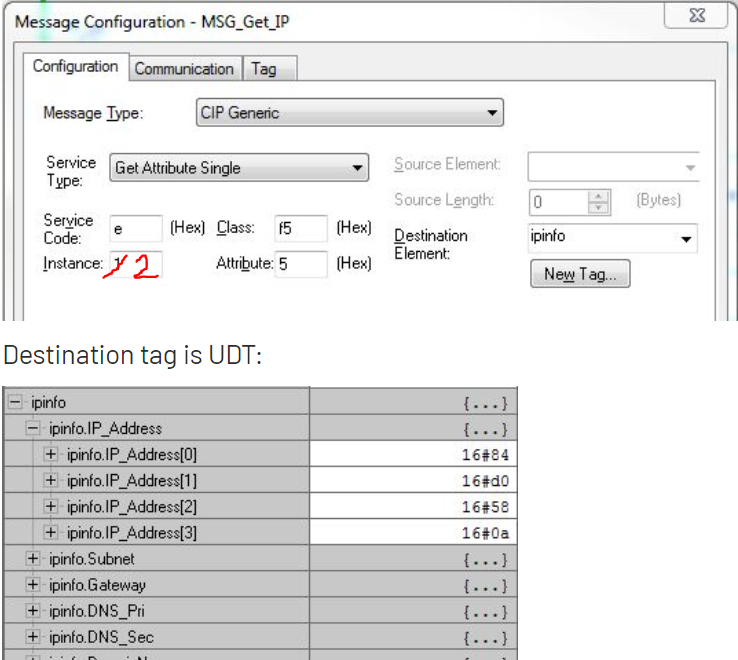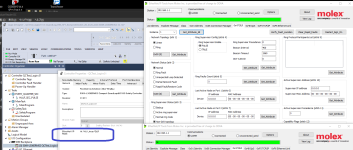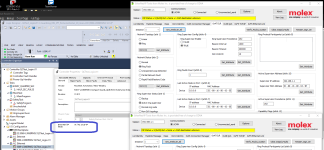Jeremy, I don't think we have one of these new processors handy, if I'm wrong, I'll figure this out in the morning.
I've helped people find obscure CIP objects, Wireshark is critical. Recently, someone needed access to the Grand Master Clock Priority 1 value. Here is basically how I found it:
- Get online with a PLC, preferably one with nothing in it to minimize the number of packets.
- Open wireshark, select the appropriate adapter but don't start capturing packets
- Put wireshark and Logix side by side
- Open the Controller Properties, go to the Date/Time tab
- Start wireshark, quickly switch to Logix and click the Advanced button (to open the advanced clock tab).
- Stop Wireshark.
- Start looking through packets
Sometimes you get lucky and wireshark already knows some of the details and has the stuff you are looking for labeled. Like in my case, there was a packet that contained TimeSync object and a bunch of the attributes.
The key here is triggering RSLinx to query what you are looking for, and capturing as few packets as you can because there will be a LOT in a short period of time.
Another potential hangup, is RSLinx has the ability to intercept incoming packets and obscure them from the network stack. In this situation, you will see outgoing packets, but not inbound ones. I bought a sharktap for this. I suspect that a sharktap won't be necessary to find the port settings.
To get the Dual IP setting, I'd probably do what I described above, you should get the packet as soon as you open controller properties. Or maybe a better way is simply to right click on the controller in RSLinx and open Module Configuration. I'd guess that the dual IP configuration would be there as well.
If you do capture some wireshark packets, I'd be willing to help you take a look at the packets. I started making a list of these CIP objects, this would be a nice addition. I hope to someday publish a comprehensive list.
But maybe someone will come along and already know the information and all this was just a bunch of words

EDIT: Well now I see that the priority 1 value could have been retrieved using GSV, but to be fair to me, the guy I was helping was trying to get the value via python. I suppose I could have had him use the GSV, then just read the value, but that would have been no fun







